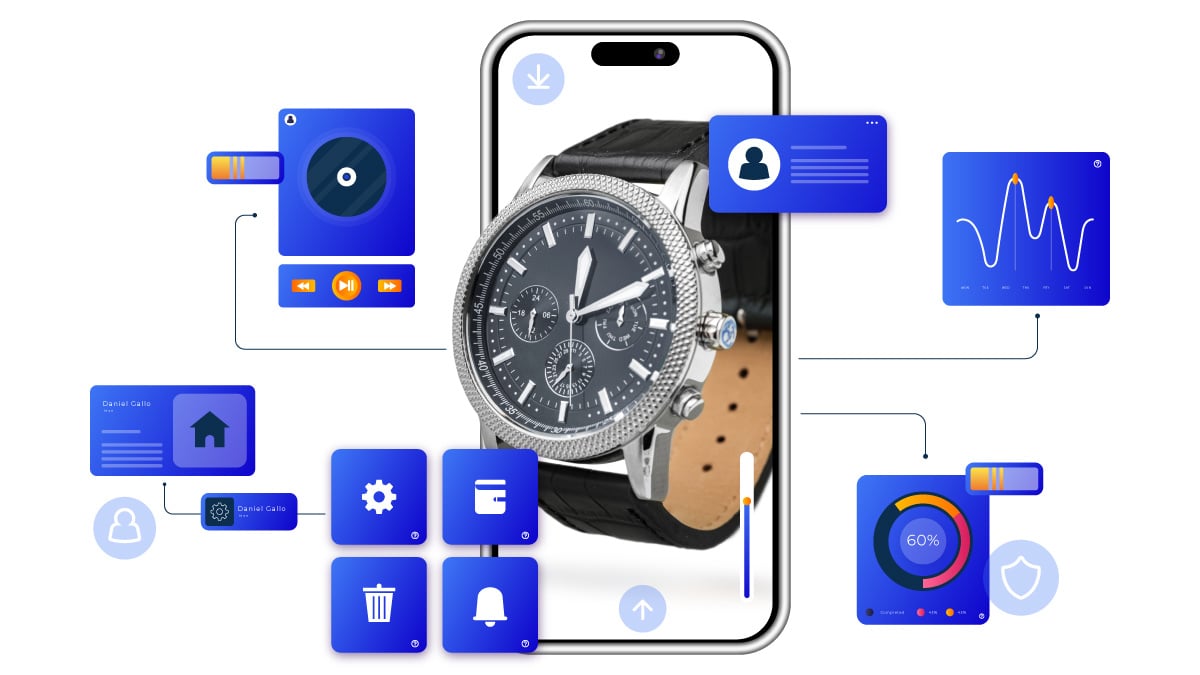Customer Insights: Why Composable PIM Outperforms In-House PIM for Long-Term Growth

When starting a product information management (PIM) journey, many companies believe the best approach is to use internal resources and build an in-house PIM. This approach allows them to create a unique platform tailored precisely to their specific business needs.
However, while customisation is undoubtedly important for a PIM solution, an in-house PIM can ultimately hinder long-term business growth.
In this article, we’ll compare in-house PIM with composable PIM and share a customer success story about switching from an in-house PIM to a composable one.
Why Do Companies Choose In-House PIM Solutions?
One of the most attractive aspects of building an in-house PIM is the control over customisation it offers. By developing a PIM internally, companies can design a system that meets their exact specifications. Each function is tailored to individual business processes and workflows.
This type of in-depth customisation may not be possible with off-the-shelf software. For companies that have a high level of internal expertise in software development, developing their own PIM system could be a cost-saving measure.
The Cost of In-House PIM Solutions
Building a PIM comes at a high cost, and there are two key challenges companies face with in-house PIMs:
- In-house PIMs rely heavily on internal IT teams.
- In-house PIMs limit scalability.
While the issues seem minor in the beginning, in the long run the problems snowball.
Developing an in-house PIM is no easy task. It is a time-consuming project that requires a high level of resources - not only for the initial build, but also for ongoing maintenance and updates.
These systems heavily rely on internal IT teams for daily operations, pulling their attention away from more strategic business projects.
In-house PIM solutions also create inefficiencies, particularly if they aren't user-friendly for non-technical teams.
The lack of standardisation often results in data inconsistencies and integration issues with other systems. As the company grows and product catalogues expand, scalability becomes a major challenge. In-house PIM systems often struggle to handle the increasing complexity and volume of product data.
Composable PIM: A Flexible Alternative
When in-house PIMs fall short, composable PIMs offer a compelling alternative. Unlike off-the-shelf solutions, which often lack customization, composable PIMs are designed to be flexible and adaptable.
The key advantages of composable PIMs over in-house solutions can be summarised in three points:
- Composable PIMs can be quickly customised.
- Composable PIMs are not dependent on internal IT resources.
- Composable PIMs are scalable and can grow with the company.
Rather than building a PIM from scratch, composable PIMs come with ready-to-use components that can be easily configured to meet specific business needs. Using Packaged Business Capabilities (PBCs), companies can implement customizations without lengthy development times.
💡 PBCs in PIM are software components designed to perform specific business functions. For example, your company can start using composable PIM and then connect it with one of Bluestone PIM’s native apps such as Price Manager, Product Configurator, or Voucher Manager.
Packaged Business Capabilities in action:

This modular approach combines pre-built core components with the flexibility to tailor the solution to unique processes, workflows, and additional applications.
Composable PIM offers customization without the hassle! One of its biggest advantages is reducing IT dependency. Designed to be user-friendly, even non-technical users can manage product information without relying on constant IT support. Plus, being cloud-native, composable PIMs include automatic maintenance and upgrades in the monthly fee.
Request Your Composable PIM Demo
Talk to our expert today and discover how Bluestone PIM can address your needs.
No need for concern over growth. Composable PIMs are built with scalability in mind. As companies expand, these solutions easily handle larger product catalogues and more complex data structures. This future-proof approach ensures that businesses won’t need a complete system overhaul as they grow.
Composable architecture in action:

The Downside of Composable PIM
No solution is 100% perfect, and when it comes to switching an in-house PIM for a composable PIM, there are some trade-offs.
Composable PIM solutions can come with higher acquisition costs. However, these costs can be justified by faster deployment, lower IT involvement and no reliance on IT budgets for upgrades and maintenance.
While composable PIMs offer extensive customization, they may not provide the same level of control as in-house systems. However, the broad configuration options available in modern composable PIMs help mitigate this limitation.
Customer Story: How an Australian Wholesaler Grew with a Composable PIM
An Australian electrical wholesaler was struggling with its in-house PIM solution, which had limited functionality and a lack of standardisation.
Product data management was inefficient, and the team struggled to organise information as they aimed to scale their product offerings online. The existing system made it difficult, relying heavily on the IT team for daily operations, consuming valuable time and resources.
By switching to Bluestone PIM, a composable PIM solution, the company immediately improved product management. The structured data organisation ensured product information was standardised, accurate, and easily accessible. This not only streamlined internal processes but also enhanced the customer experience with better product information.
Our customer was able to scale the product catalogue and increase the number of products available online.
With Bluestone PIM, teams no longer relied on IT for daily operations, reducing the burden on the IT department and freeing up resources for more critical tasks.
Why Composable PIM is the Future of Product Information Management
Following the example of our customer, there are now many companies that have recognised the advantages of composable PIMs.
Composable PIMs offer a scalable and flexible solution that allows companies to implement out-of-the-box functionality and customise the platform to their individual business needs. This approach allows companies to expand their product catalogues without technical limitations, while still maintaining the essential customizations of the PIM solution.
In summary, while an in-house PIM solution may seem appealing initially, the time, effort, and resources required can become a significant obstacle in the long run, limiting growth and innovation. A composable PIM strikes the perfect balance between customization and scalability, enabling companies to adapt and evolve without compromising efficiency or future expansion.
Are you looking to replace your in-house PIM solution?
Let’s talk about it! Reach out to our team today for a quick demo of Bluestone PIM!

DOWNLOAD FREE E-BOOK
ROI of PIM:
Reduce costs, accelerate time to market, and maximize revenue




